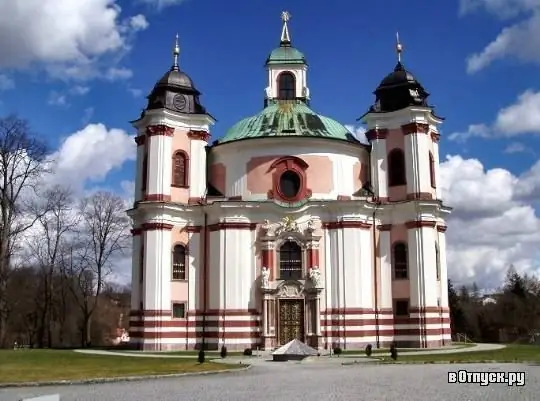
Description of the attraction
Stadl-Paura is an Austrian village located in the federal state of Upper Austria, part of the Wels district. The history of the local land dates back to the Neolithic era, when people discovered salt mines. During the Roman Empire, trade routes passed through Stadl-Paura, so the settlement developed successfully thanks to trade. However, the locals were engaged not only in the extraction of salt, but also developed shipbuilding. During the heyday of salt mining, it became necessary to deliver it to other cities by waterways. Due to the high demand for salt and ships, entire forests were destroyed in the surrounding lands. Today in Stadl-Paura only a few street names remind of that era.
In 1713, a terrible plague raged in Upper Austria, which did not bypass Stadl-Paur. Abbot Maximilian Pagl vowed to build a church in honor of the Holy Trinity if the lands were rid of the plague. The epidemic, to the surprise of local residents, soon ended. In 1714 the construction of the church began. It was decided that the Church of the Holy Trinity should have three towers, three facades, three portals, three organs, three altars. An architect from Linz, Johann Misael Pranner, was invited to implement the project. The work on the interior decoration was entrusted to talented artists: Martino Altomonte, Carlo Carlone. The construction lasted for 10 long years, the grand opening took place on July 29, 1724.
In addition to the Holy Trinity Church, the Evangelical Trinity Church, built in 1974, is also of interest in Stadl-Paura. The former orphanage for deceased sailors is now home to the Museum of Shipping.






